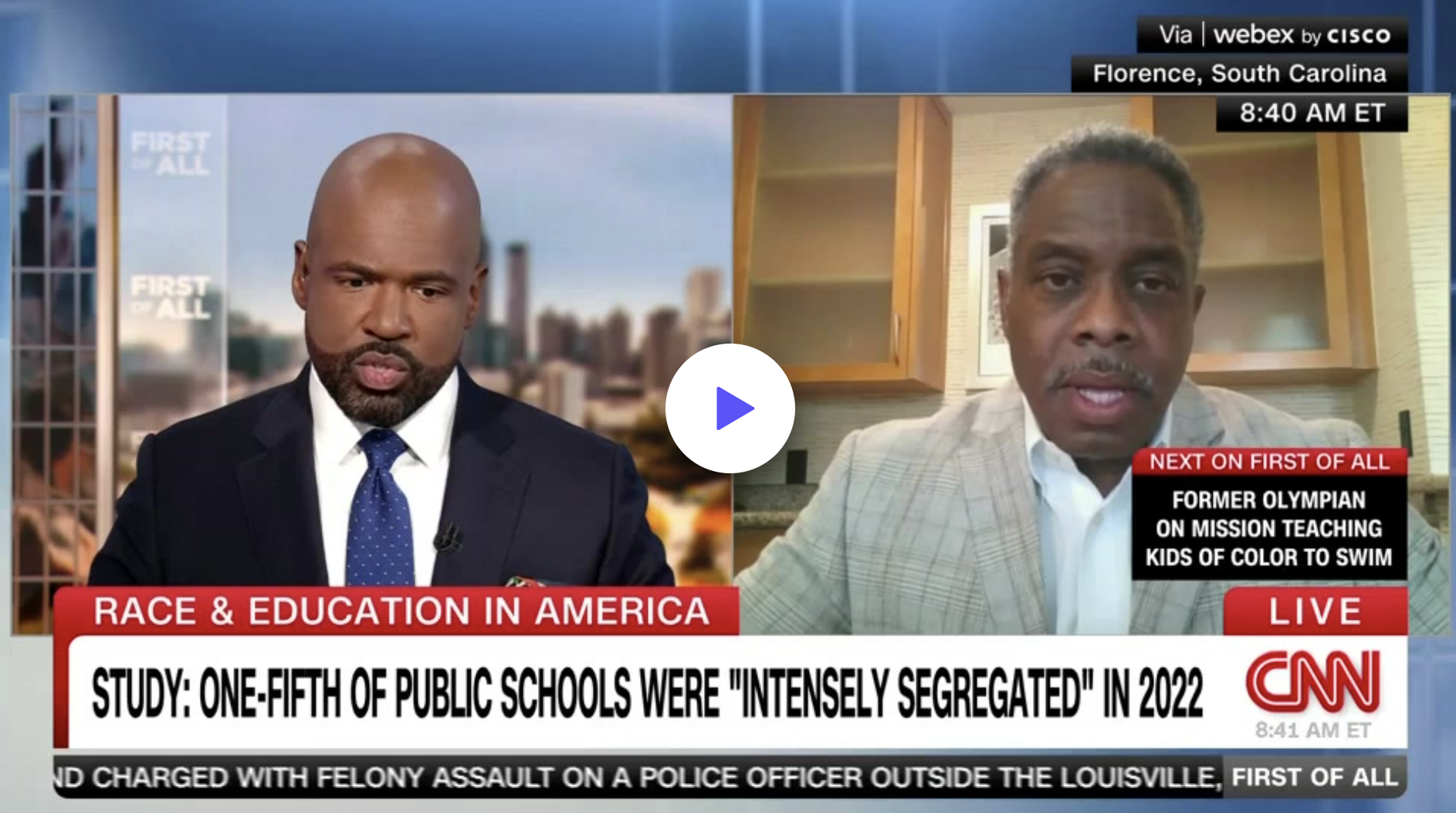There’s still work to do, 70 years after Brown v. Board of Education
Seventy years after the U.S. Supreme Court’s Brown v. Board of Education decision, many Black students still don’t have access to crucial educational resources such as early childhood education, experienced teachers, advanced courses, and college affordability and success. These gaps in opportunities hold students back. Brown’s Promise, an organization housed at the Southern Education Foundation, points out that school funding tends to favor schools that mostly serve White students. Higher levels of racial segregation, school by school, can take badly needed resources from schools that serve mostly children of color or children from low-income families. By one measure, U.S. schools have become more racially segregated than in 1968, just before many southern states desegregated their public schools.
We have come so far in education in the South, but have many miles to go before every child has the opportunities they deserve. As political divisions threaten justice and equity, SEF is poised to make our greatest impact in decades on our mission to ensure more students have equitable access to high-quality educational opportunities across the South and our Nation.

-
Media/News Releases
SEF President discusses Brown v. Board, 70 years later, on CNN
President’s Column: Building on SEF’s history, making a greater impact
As we prepare for the 70th anniversary of the Brown v. Board of Education decision in May, I’m reflecting on the storied history of the Southern Education Foundation (SEF) and the promise of our work today. Just before the Brown decision in May 1954, colleges and universities in the South refused to house a team of researchers examining the state of education for Black students. Instead, they lived and worked at SEF headquarters, located at the time in a small brick building in Midtown Atlanta. That courageous action, one of many, is representative of our work today to improve education in the South, with a specific emphasis on Black students, other students of color, and students in low-income families. Read more
National poll from Brown’s Promise finds widespread support for integrating public schools
A national poll of adults for Brown’s Promise found widespread support for integrating public schools. People are more likely to support integration when they learn that schools are as segregated as they were in the 1960’s. Support for integration rests in the benefits people see of increasing critical thinking and problem-solving skills, which they believe can help all children prepare for their futures and to lead independent lives. Read more
-
Partner Resources
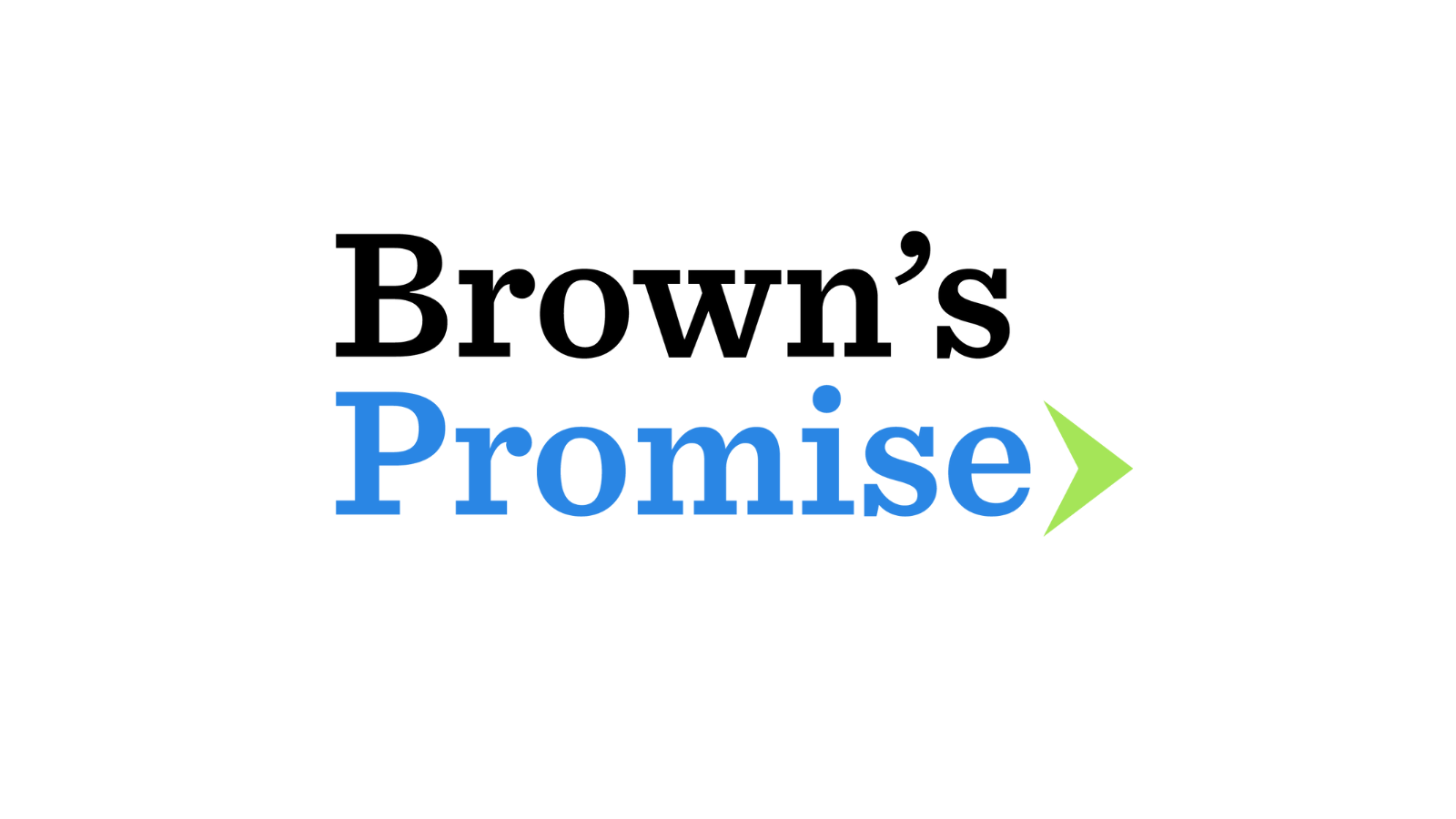 Seventy years later it is still true that separate is inherently unequal. In 1954, the Supreme Court ruled in the landmark case Brown v. Board of Education that schools segregated by race will never achieve true equality. Nearly 70 years later, exposure to racial, ethnic, cultural, and economic diversity is even more important to our children’s educational and civic futures. But progress toward ending segregation is stalled and backsliding. Brown’s Promise, housed at the Southern Education Foundation, was created to support local partners with:
Seventy years later it is still true that separate is inherently unequal. In 1954, the Supreme Court ruled in the landmark case Brown v. Board of Education that schools segregated by race will never achieve true equality. Nearly 70 years later, exposure to racial, ethnic, cultural, and economic diversity is even more important to our children’s educational and civic futures. But progress toward ending segregation is stalled and backsliding. Brown’s Promise, housed at the Southern Education Foundation, was created to support local partners with:- Identifying and addressing existing and new research needs
- Developing and refining legal theories, remedies, and policy solutions; supporting strategic advocacy campaigns
- Fostering relationships and knowledge-sharing between experts and advocates working on school diversity and resource equity
- Reinvigorating a national discussion about the importance of ending school segregation and providing communications resources for local partners
Visit Brown’s Promise to learn more and stay connected to the work to build the future our children deserve.
ELC pursues justice and equity for public school students by enforcing their right to a high-quality education in safe, equitable, non-discriminatory, integrated, and well-funded learning environments. To achieve these goals, we engage in litigation, research and data analysis, policy advocacy, communications, and strategic partnerships and collaborations. Access news and resources on national and state issues of school funding, vouchers and other issues here.
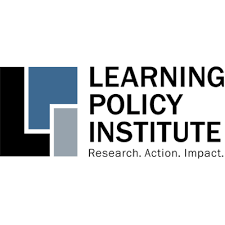
Brown v. Board of Education and the Democratic Purposes of Education: This paper recounts the meaning of the Brown decision and explores ideas that can help make educational opportunities more equitable for students today. By Kent McGuire of the William and Flora Hewlett Foundation (and a former president of the Southern Education Foundation).
Resources and articles on Equitable Access and Opportunity
Resources on Racial Equity in Education

The SPLC is a catalyst for racial justice in the South and beyond, working in partnership with communities to dismantle white supremacy, strengthen intersectional movements, and advance the human rights of all people.
Visit SPLC and/or review the resources below to learn more.
- Resources for educators- protecting immigrant student’s rights
- Publications and cases
- Educator’s strategies for online youth radicalization
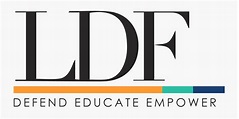 The Legal Defense Fund (LDF) is America’s premier legal organization fighting for racial justice. Using the power of law, narrative, research, and people, we defend and advance the full dignity and citizenship of Black people in America.
The Legal Defense Fund (LDF) is America’s premier legal organization fighting for racial justice. Using the power of law, narrative, research, and people, we defend and advance the full dignity and citizenship of Black people in America.The Leadership Conference on Civil and Human Rights
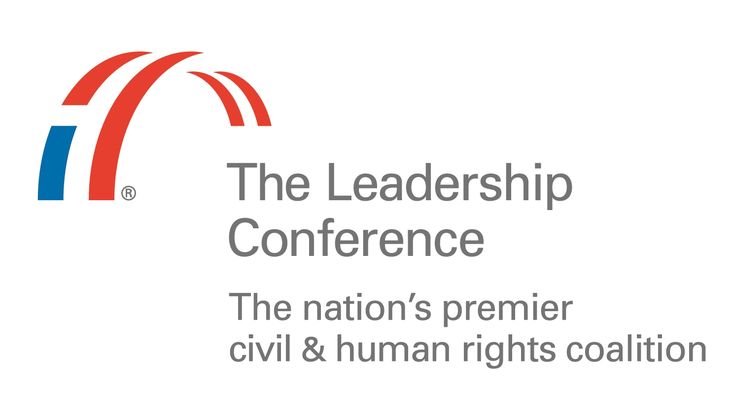
The Leadership Conference on Civil and Human Rights is a coalition charged by its diverse membership of more than 230 national organizations to promote and protect the civil and human rights of all persons in the United States. Through advocacy and outreach to targeted constituencies, The Leadership Conference works toward the goal of a more open and just society — an America as good as its ideals.
National Museum of African American History and Culture

-
The Equity Assistance Center-South's Resources for Educators
Brown v. Board of Education 70 Years Later
The EAC-South at the Southern Education Foundation (SEF) offers resources for educators to help address disparities in schools, as required by federal law. Visit the EAC-South’s Brown at 70 resource page for information and links on the Brown anniversary and related topics.
-
Key Articles and Reports
A Call to Action to Mark the 70th Anniversary of Brown v. Board of Education from Brown’s Promise
Seventy years ago, the Supreme Court of the United States declared that “separate educational facilities are inherently unequal.” Court-ordered school desegregation led to dramatic increases in graduation rates, college going, adult health status, and adult income and economic power for Black students and Latino students, and an increase in years of schooling that was sufficient to close the Black-White educational attainment gap.
School integration made great strides toward addressing educational inequities in America. This was in large part because it addressed the segregated conditions that led to dramatic shortfalls in funding and resources in schools
serving Black students and other students of color. Today, school integration is as important as ever before: a core purpose of public education is to
prepare all students for their future workplaces, communities, and democratic institutions, many of which are growing more diverse by the year. Yet progress on school integration has stalled, and has even reversed. Students are as racially segregated as they were in the late 1960s. Learn more about the call to action here.A History of Private Schools and Race in the American South
Private schools may have a long, honorable tradition in America that goes back to colonial times, but that tradition ended—at least in the American South—in the last half of the 20th century when they were used as safe havens for Southern Whites to escape the effects of the impending and ongoing desegregation mandates. This exodus from public schools began in the 1940s, when private school enrollment in the 15 states of the South rose by more than 125,000 students—roughly 43 percent—in response to U.S. Supreme Court decisions outlawing segregation in graduate and professional schools in the South. While the decisions only concerned institutions of higher education, it signaled to watchful Southern leaders that desegregation might soon spread to their public elementary and secondary schools, compelling them to react in ways to defend their way of life. Read more
Early childhood education: The Children’s Equity Project’s collection of resources, reports
The Children’s Equity Project is led in partnership with researchers and advocates at several universities and organizations across the United States. Our work focuses on closing opportunity gaps and advancing equity in all of the systems that impact the lives of children and families so that all children, particularly those from historically and contemporary marginalized communities, can thrive.
The CEP works at the intersection of research, practice, and policy. They engage in rigorous original research, partner with policymakers at every level of government to support data and research-informed policy changes that will advance opportunity for children from historically marginalized communities; and engage with communities to deliver training, technical assistance, and professional development. Read more
Best Practices for Serving English Language Learners and Their Families
Educators and administrators can move their school toward a comprehensive and culturally responsive approach to serving English language learners and their families by incorporating the best practices outlined in this guide. The guide also includes a Teacher Leadership Spotlight for each section to help explain steps teachers can take outside the classroom to ensure ELL students and their families enjoy welcoming, equitable experiences at school.
Guiding Principles for Creating Safe, Inclusive, Supportive, and Fair School Climates
This resource identifies five guiding principles and suggests actions schools and school districts can take to create inclusive, safe, supportive, and fair learning environments. The resource also lists federal resources to support these efforts. Download pdf

